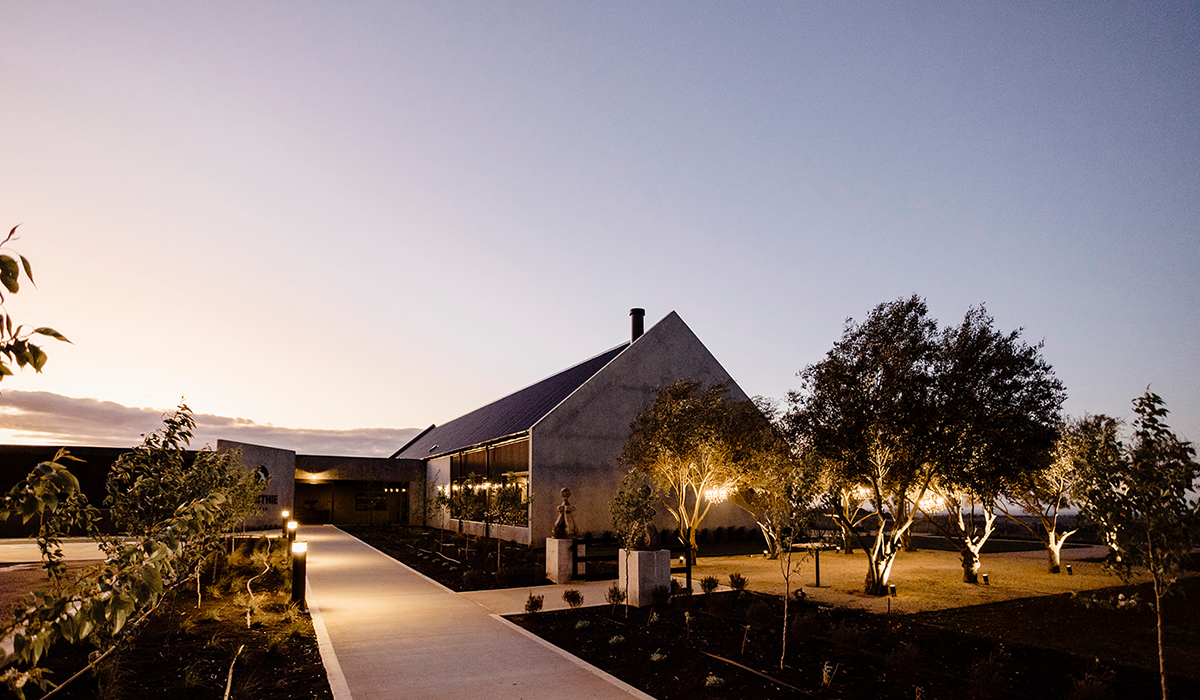There’s an old saying in the industry: ‘A late Easter equals a late vintage.’ This was not the case in 2025. Easter fell in late April, yet winemakers across the country almost universally reported an early vintage, with many claiming the earliest ever. This was mostly thanks to the warmer than average conditions that were also experienced in most Australian regions, particularly those in South Australia, Victoria and Tasmania.
Challenges were faced by growers in New South Wales, where conditions were a little too wet at times, and swathes of South Australia were devastated by spring frosts. Things were better in Western Australia, where most regions described a ‘textbook’ vintage.
Overall, despite what was for many a hard and fast harvest, and the other challenges that arose, reports overwhelmingly indicate an outstanding 2025 vintage across the board, with high-quality fruit and excellent wines expected from many regions.
Find detailed vintage notes on each of the sub-regions of New South Wales right here, or get to know what happened across different states by inspecting the complete 2025 Australian Vintage Report.
A dry growing season in the Hunter Valley (only 227mm rain fell between July 1 and December 31) meant vines were in excellent condition in the lead-up to harvest, although a lot of rain throughout January and February brought challenges – ripening the later blocks of shiraz among them. Overall yields were moderate to high, and while semillon was outstanding, reds were a little more variable depending on crop load and picking date.
Mudgee also had a dryish start to the season, although low winter rainfall gave way to a cool, wet spring and early summer and led to high disease pressure. By February the rain had eased off and, except for a handful of hot days, summer temperatures were generally mild. Yields were high and shiraz the standout variety.
 First Ridge in Mudgee.
First Ridge in Mudgee.
Winter and spring were wet in Orange, with persistent falls in October and November adding to disease pressure and leading to a bout of downy mildew, which affected some pinot noir, chardonnay and merlot. Late spring also saw a brace of nasty hailstorms. Thankfully, conditions were warm, dry and stable from late summer onwards and, despite the damage wrought by disease and hail, yields in the region were the best they’ve been since 2019 and fruit quality was very high. Producers in the region say they’re expecting good things from the 2025 vintage wines.
The Southern Highlands experienced a dry and warm winter and spring, which accelerated vine growth by around three weeks. Significant rain then fell from December through to March, with wet conditions and high humidity leading to disease pressure, including some botrytis in the dry white varieties. Yields were moderate to high, and pinot noir and chardonnay looked to be the best.
Producers in the Canberra District reported one of the best vintages in a decade, on par with 2005 and 2015. A hot and dry start punctuated with some welcome rain in spring led to excellent fruitset (and subsequently high yields), and while additional rain events throughout summer heightened humidity and increased the risk of disease, savvy producers were able to neutralise the threat via tactical spraying. A brilliant stretch of warm and dry weather from mid-February onwards created perfect conditions for ripening and fruit was harvested clean and packed with flavour. All varieties performed well, with the region’s stalwarts – shiraz, viognier and riesling – standing tallest.
 Printhie Wines in Orange.
Printhie Wines in Orange.
Vintage 2025 was also bountiful in Hilltops. Generous and welcome winter rainfall tapered off by spring, and by February conditions were textbook, with sunny, dry and warm days and cool nights. Yields were moderate, and quality was even better than in 2024, especially shiraz, cabernet sauvignon, alternative reds such as sangiovese, tempranillo and nebbiolo, and pinot grigio.
Although Tumbarumba saw lower than average rainfall in winter and spring, fruitset was excellent, and above-average temperatures from January onwards accelerated veraison. Some isolated hail in summer brought challenges but didn’t impede harvest, which kicked off early in mid-February and was all finished by mid-March. Fruit quality was excellent, especially chardonnay and pinot noir.
On the Shoalhaven Coast, good winter rainfall resulted in the earliest budburst on record. Hot growing conditions affected yields in some varieties but, overall, it was a very good year, with semillon and chardonnay the standouts.
The Riverina experienced a challenging spring, with low rainfall, frosts and hailstorms. Fortunately, the frost-affected vines recovered better than expected, although hail irreparably damaged some crops. From January through to March, conditions were extremely hot and dry yet, despite the early challenges, yields were moderate to high and fruit was clean and of good quality, particularly sauvignon blanc, chardonnay and durif.
Join Halliday Wine Club to drink the very best of Australian and New Zealand wine
Are you an explorer, enthusiast or collector? No matter the Halliday Wine Club plan you choose, each month we'll deliver two bottles of 95+ point wines direct to your door. From $89 per month. You can skip, pause or cancel anytime. Join now.
The 2026 Halliday Wine Companion is available now. Secure your copy of Australia's most comprehensive wine guide at all good bookstores.
This is an edited extract from the 2026 Halliday Wine Companion, with reviews by Dave Brookes, Jane Faulkner, Jeni Port, Katrina Butler, Marcus Ellis, Mike Bennie, Philip Rich, Shanteh Wale and Toni Paterson MW.
Top image credit: Mount Pleasant.